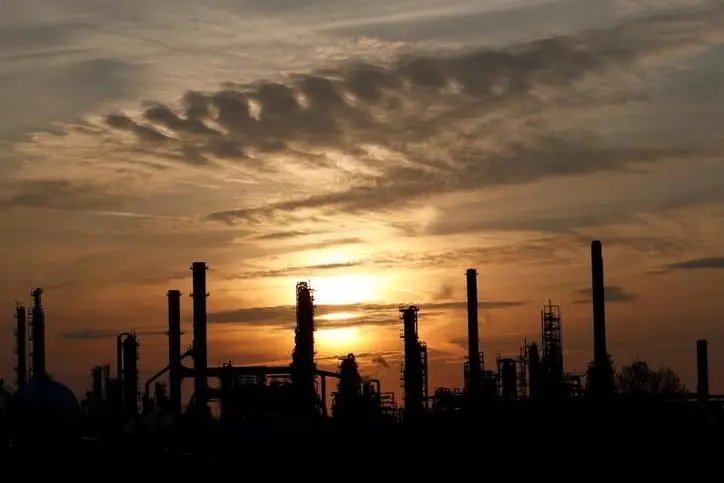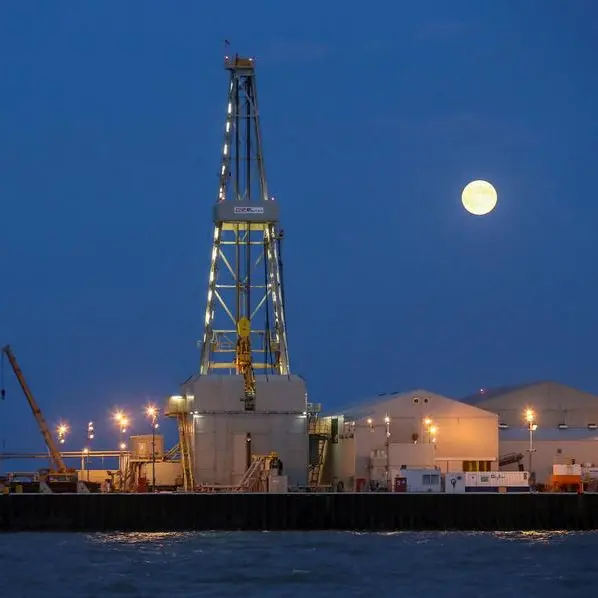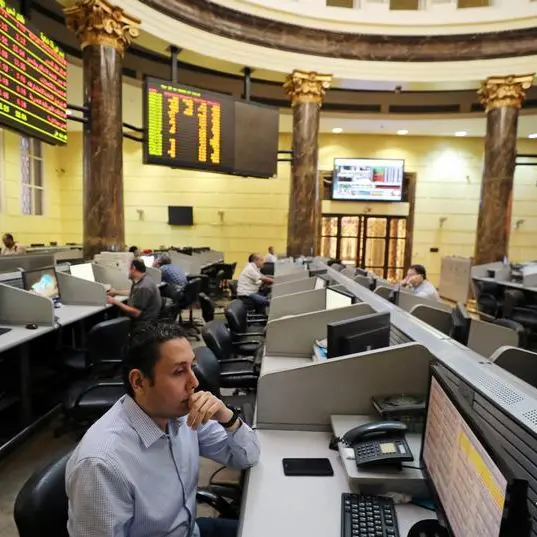PHOTO
Global oil demand has a distinct seasonal pattern over the course of a year. The low point occurs during the first quarter, which is then followed by smaller but successively higher levels in the second and third quarters. The annual peak in oil use occurs in the year’s final quarter. Over nearly four decades, there are very few exceptions to this pattern, and 2021 is not forecast by us to be one of those exceptions.
The other consideration that has to be accounted for in the current year is the emergence from isolation and containment measures that were instituted to limit the impacts of the pandemic. An examination of vaccination rates shows there to be a correlated impact with the recovery that we have seen so far in oil demand.
Regarding oil use, the hardest hit countries in 2020 were those in the Organization for Economic Cooperation and Development. So far this year, the biggest rebounds in demand are in those same OECD countries, which makes sense given the data showing the pattern of vaccinations (as a percent of the total population) being greatest in developed nations.
The above noted, the past few weeks have seen a small contra-seasonal build in oil inventories in the OECD North America region (Canada, Mexico, Chile and the US) and the OECD Pacific region (Japan, Korea, Australia and New Zealand). These two regions account for 67 percent of the global oil storage and the collective stock change shows a near perfect correlation with total OECD petroleum inventories (the proxy for global storage).
Since July of 2020, global oil stocks have shrunk by a record 440 million barrels. That is the trend we forecast and the trend that we still see in place. In this regard, you may recall that we saw a modest inventory build earlier this year during April and May. Those storage gains coincided with a modest softening in global demand. As with such patterns, however, below-trend readings in one period are typically followed by above-trend figures in a subsequent period — which proved to be the case so much so that the second quarter of the year saw global oil demand come in above the forecast rate.
As two weeks does not a month make (and one month does not a quarter make), we do not have angst that the recent weekly data suggests the global economic recovery (nor oil demand) has derailed. Close-to-real-time data (such as air traffic) has been running close to respective 2019 levels, and even the most recent weekly figures are not showing any sort of abrupt softening.
Short of an event that actually unhinges the global economic recovery, we have every reason to expect that global oil demand will continue to normalize. Given the supply side of the equation and the prospect that non-OPEC oil production will lag demand gains, odds strongly favor a continued tightening of the supply/demand balance and further oil price gains over the medium term.
• Michael Rothman is the president & founder of Cornerstone Analytics, a US-based consultancy focusing on macro-energy research. He has nearly 40 years of experience covering the global energy markets and has been attending OPEC meetings since 1986. He is also the author of “Cornerstones of Life” which is available on Amazon.com
Copyright: Arab News © 2021 All rights reserved. Provided by SyndiGate Media Inc. (Syndigate.info).












